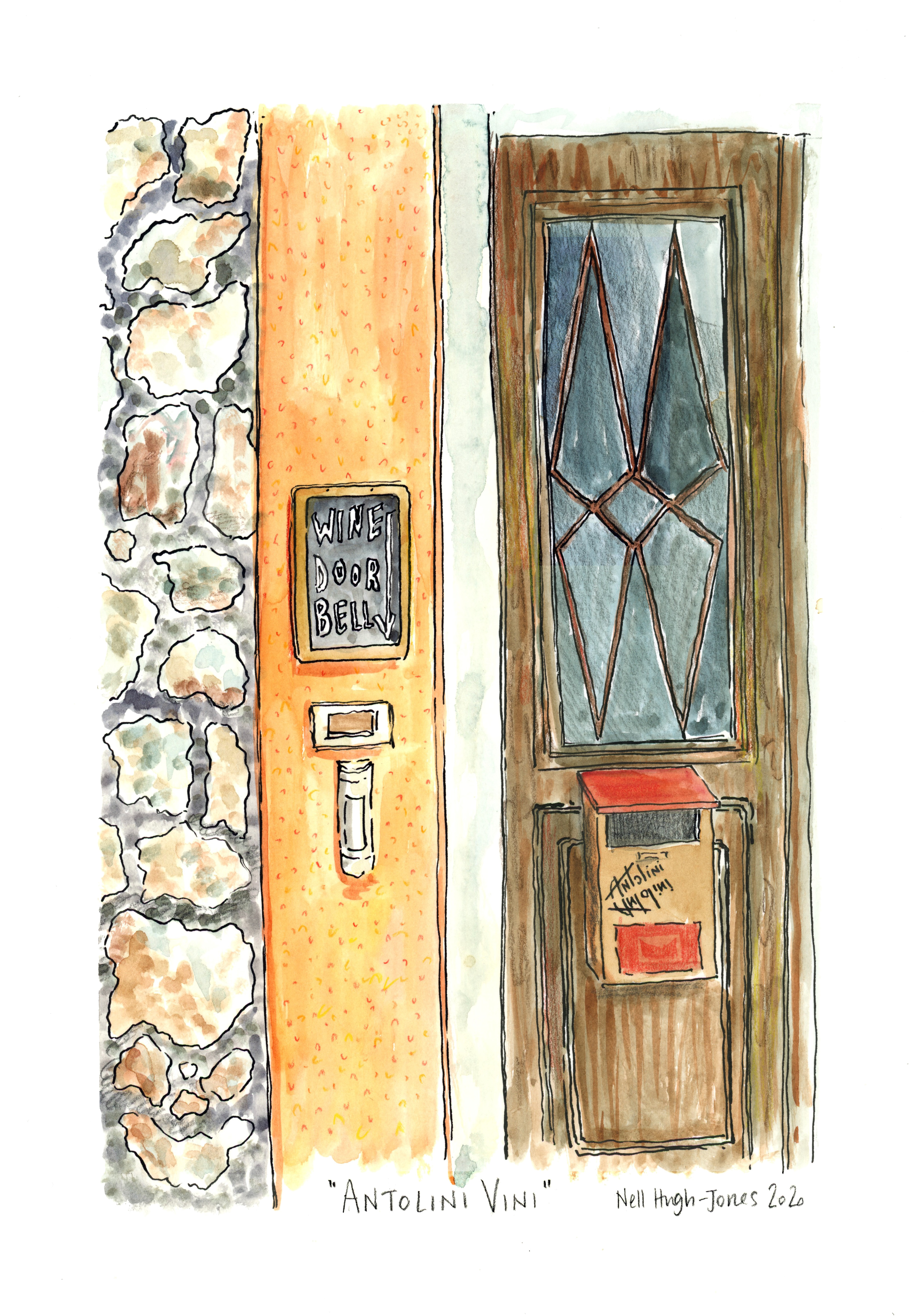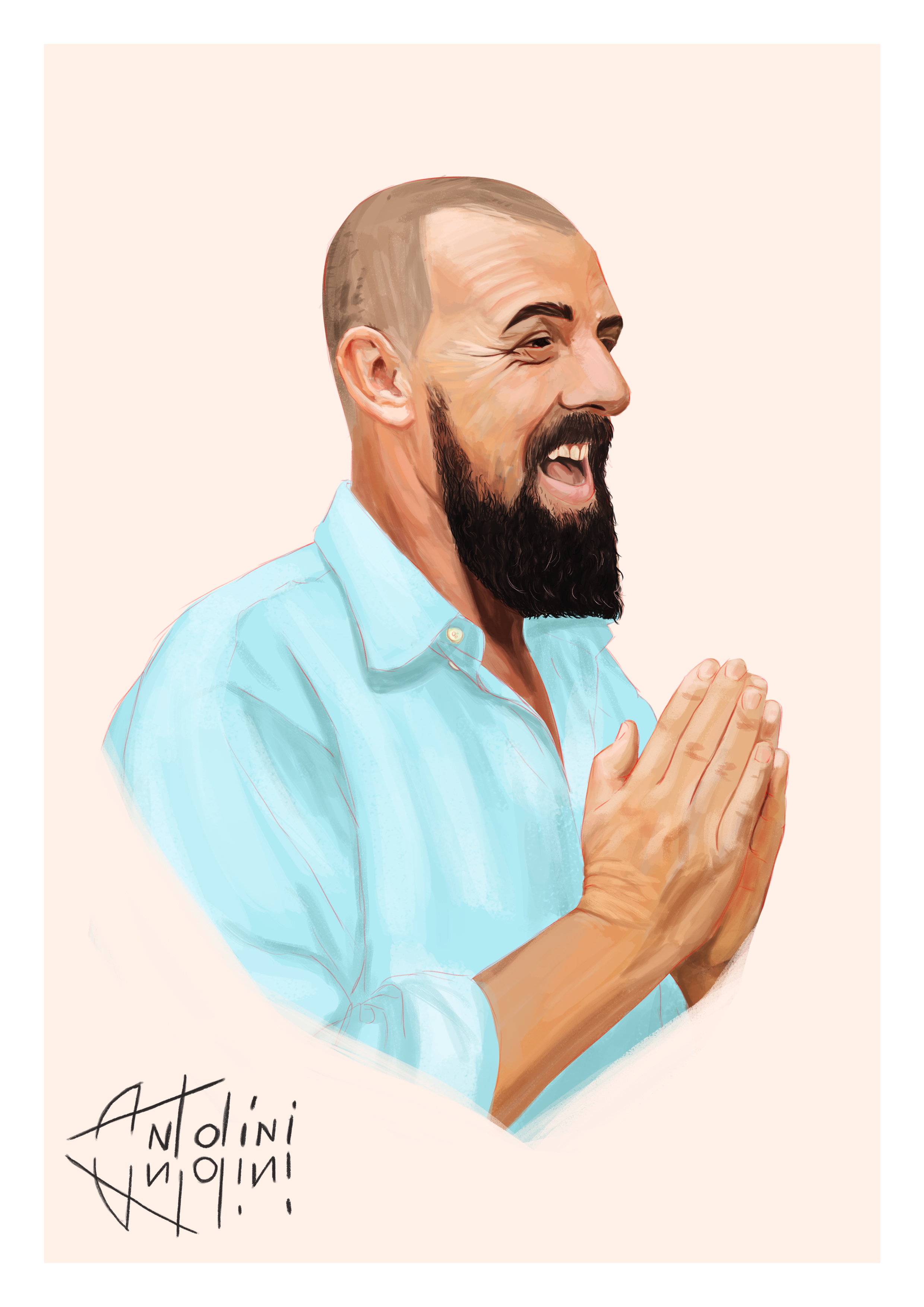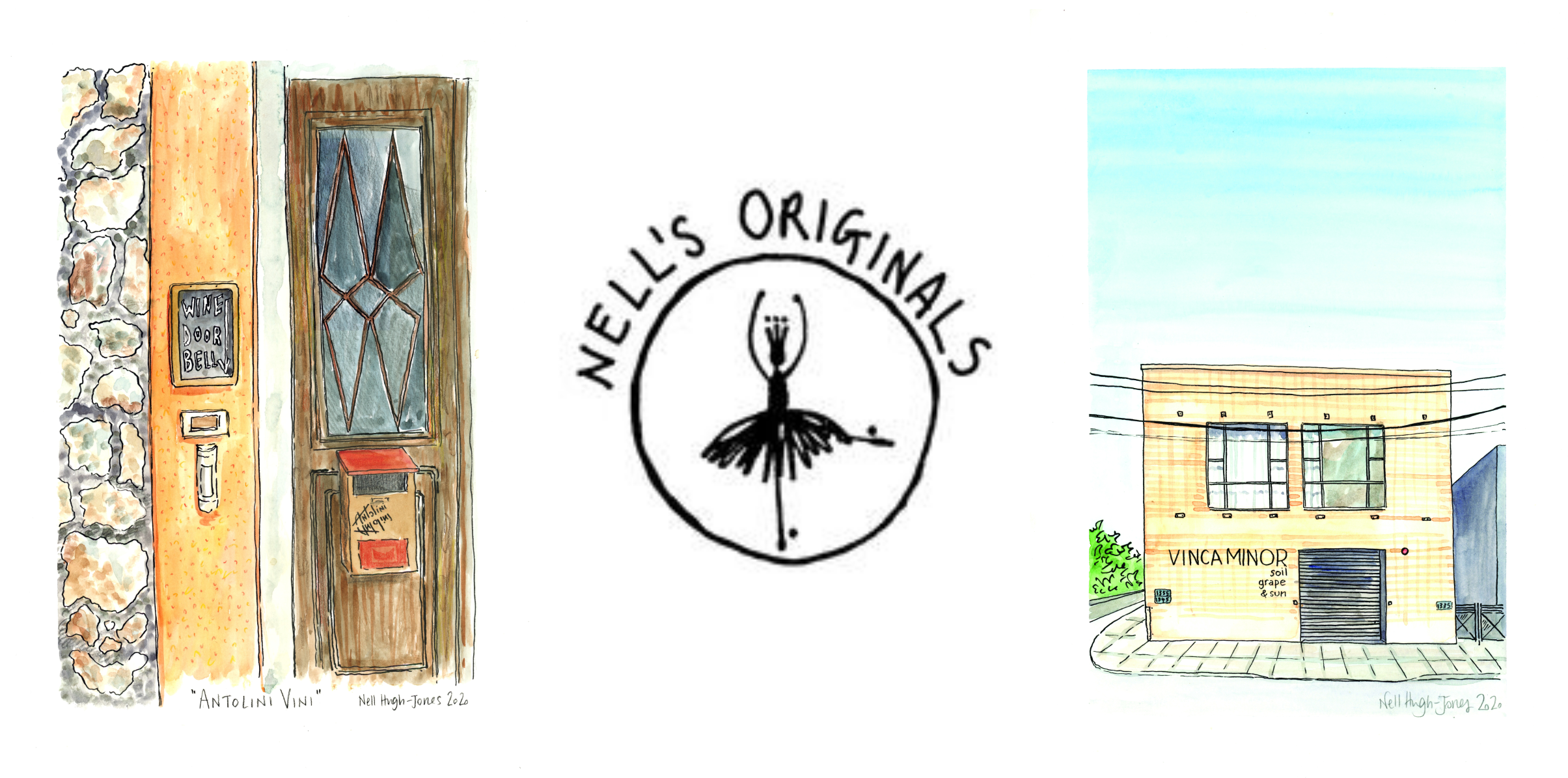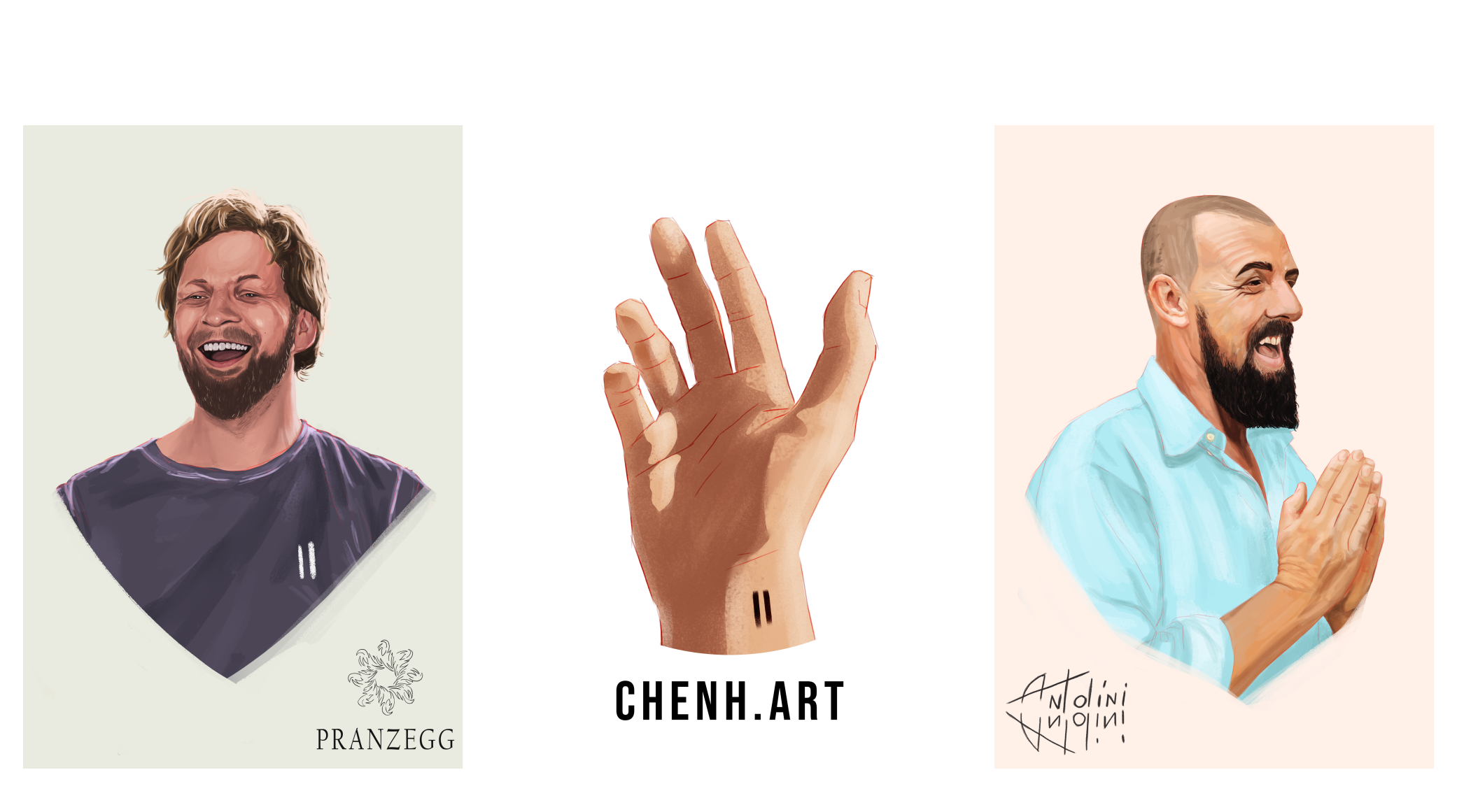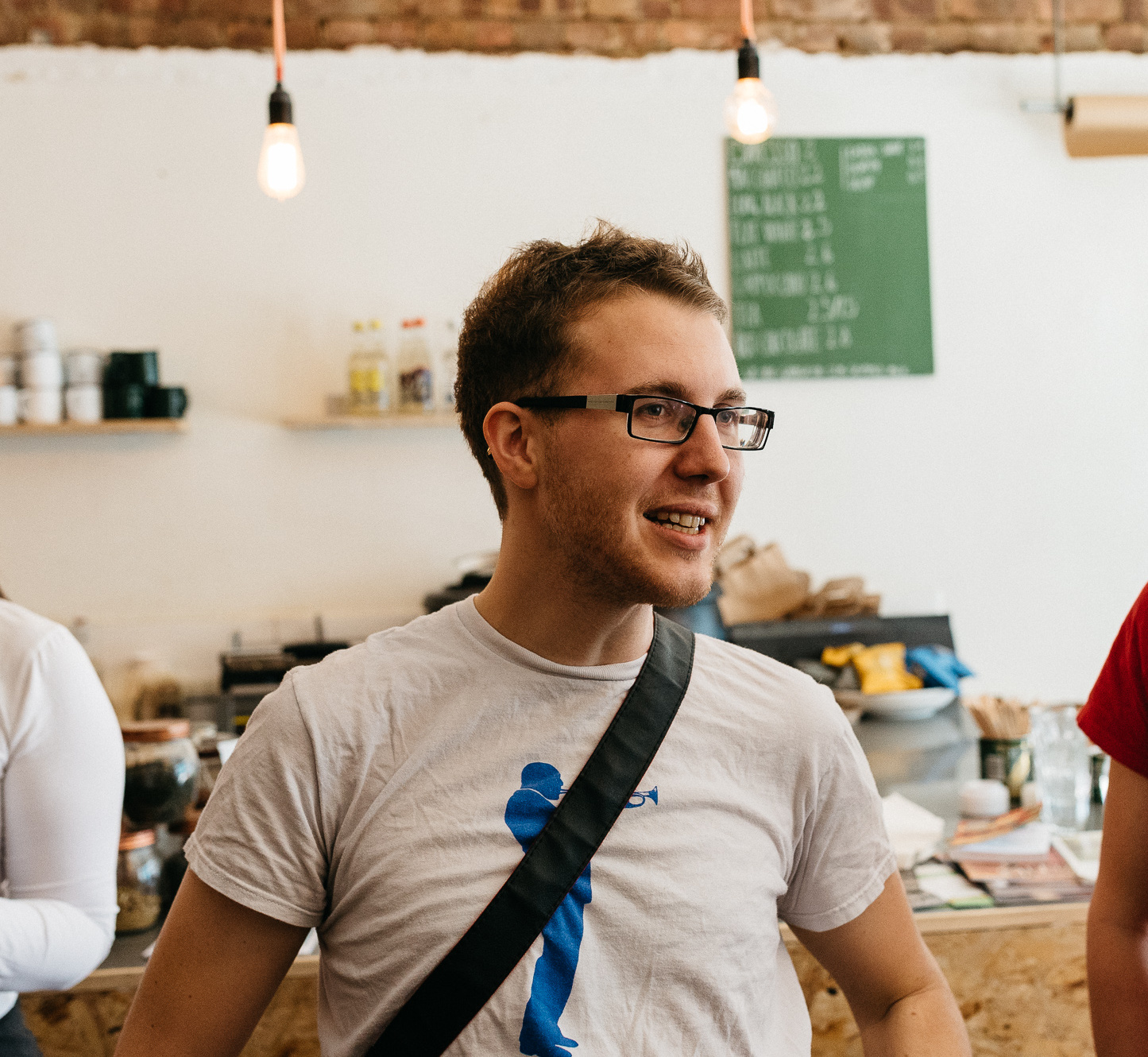In the hills north of Verona, east of Lake Garda, and south west of the Dolomites, lies one of the world’s most glorious wine regions, its vineyards overflowing with Corvina, Corvinone, Rondinella and Molinara. This is the land of Valpolicella. If you haven’t heard of it, let me introduce you…
The most popular product is Valpolicella Classico – a light red, juicy, summer crowd-pleaser that’s aided by the region’s unusual cool micro-climate. Then there’s the more complex Valpolicella Classico Superiore, made by drying the grapes on straw mats or bamboo in crates so that water is lost and sugars are concentrated. Dry it for longer, and the subsequent fermentation (leaving some sugars intact) produces the sweet Recioto dessert wine. Ferment all of the sugars away, and add a minimum of two years of ageing, and you get the gloriously boozy dry wine Amarone, one of the most revered categories in the country.
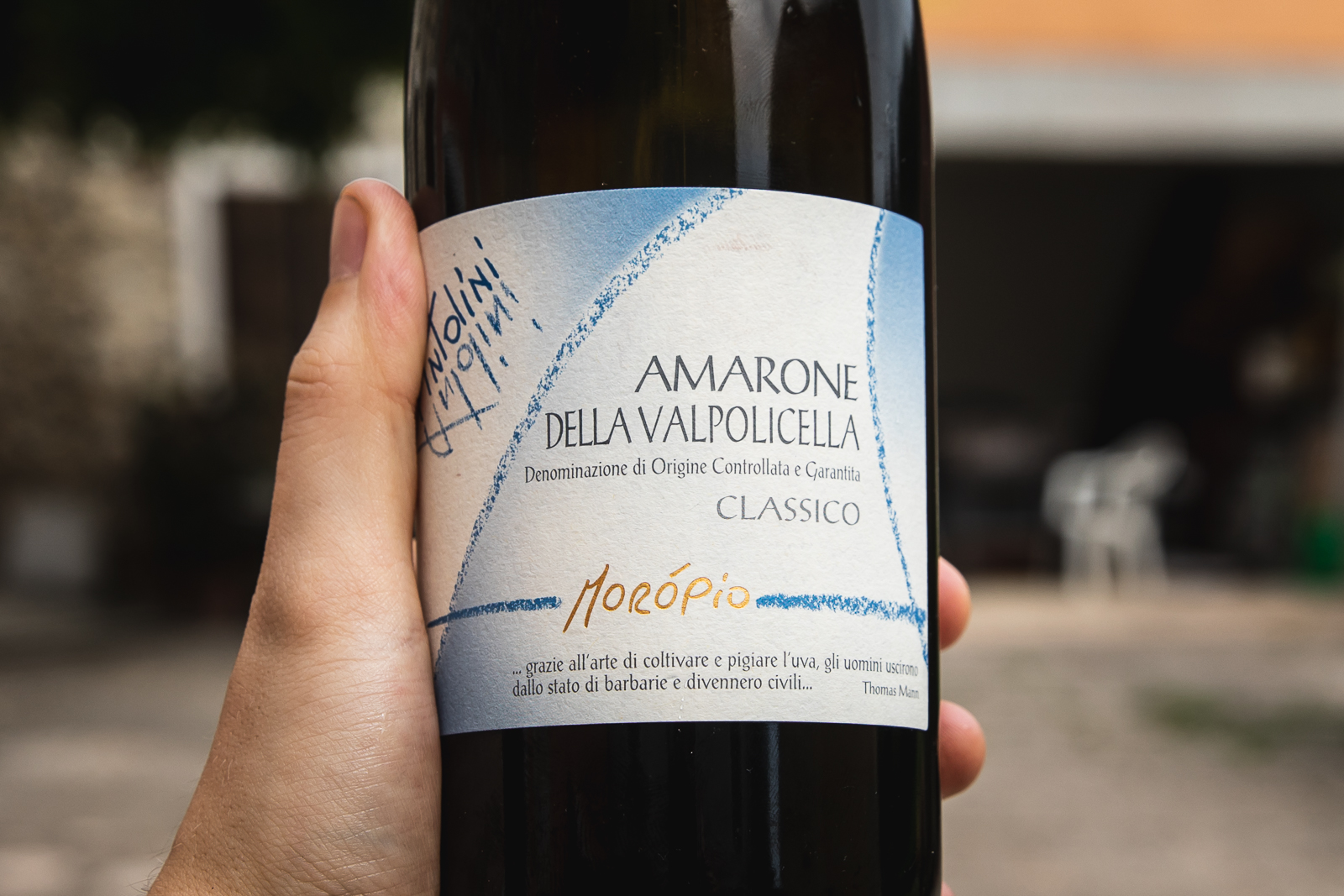
Then there’s the Ripasso (‘re-pass’), or ‘Baby Amarone’, created by taking the leftover skins, seeds and stems (or ‘pomace’) from Recioto or Amarone fermentation, adding them to Valpolicella Classico or Superiore, and leaving the mix to undergo a secondary fermentation for several days. If you don’t fancy splashing out on an Amarone, this complex but affordable wine is the way to go. Click here for a handy diagram on the Ripasso method to get your head around it.
Now we’re caught up on the style, let’s get personal. Last year, after a wash-out at the Arena di Verona (no Carmen for us), we escaped to the hills to visit some Valpolicella producers. My research led me to seek out Antolini Vini, a family winery started up by brothers – Pier Paolo and Stefano – back in 2000. They produce 60-70,000 bottles a year compared to the millions that famous brands turn out, crafting wines that reflect the region with minimal intervention.
Antolini Vini | Watercolour by Nell’s Originals | Order this print online here
——————–
We spent the best part of an afternoon with the larger-than-life Pier Paolo, chasing him through verdant vineyards and eye-catching drying lofts, before sitting down to try their exceptional wines. From the €5 Classico (FIVE EUROS), to their big Ca Caoto & Moropio Amarones, their passion is always evident in the glass. A year later, in these uncertain times, I decided to catch up with PP and chat once more about his winemaking.
———————–
Hello PP! I hope you are safe and well – our visit last summer seems like a lifetime ago, doesn’t it? How are you coping with the difficult situation right now?
Fortunately we are all well, and these days, this is no small thing. We are working in the vineyard and in the cellar as normal because nature doesn’t stop, but unfortunately the sales of our wines are zero! We do not work with the GDO (Grande Distribuzione Organizzata), and since the Horeca (Hotel, Restaurant & Café) industry is stationary, we have no possibility of selling.
Is there a way that fans of your wine across the world can support your winery at this time?
The only way to support us for now is to keep us in your mind, and once this nightmare is over, seek out our wines once more.
We certainly will. I first came across your wines through conversations with the Passione Vino team who stock your bottles – how did that relationship come about?
It was thanks to the my winemaker friend Eugenio Rosi who already supplied his wines to them. When he heard that they were looking for a producer from Valpolicella he did not hesitate to recommend me, so I have to thank him!
Pier Paolo Antolini | Created by Damon Chenh | Order this print online here
———————–
Thank him from me too! With so many winemakers around you, is there a lot of collaboration, support and a sense of community?
I am part of an association called FIVI (Italian Federation of Independent Winegrowers) which groups together small businesses that manufacture and sell their product directly. In Valpolicella we have created a local cohort, and we periodically meet to discuss and share various topics. Given my size, it is logical that I have more relationships with small and family-run companies than with the large industrial companies. At the end of November, the FIVI winemakers wine market takes place and I must say that this is a magical moment – you have the opportunity in 3 days to meet many familiar winemakers across the industry, and you make a lot of new friends too!
Is that just for trade or is it open to the public too? Sounds like a great event!
It is open to the public – you can buy wines right there and taste every thing! Last year there were 600 winegrowers from every region of Italy!!
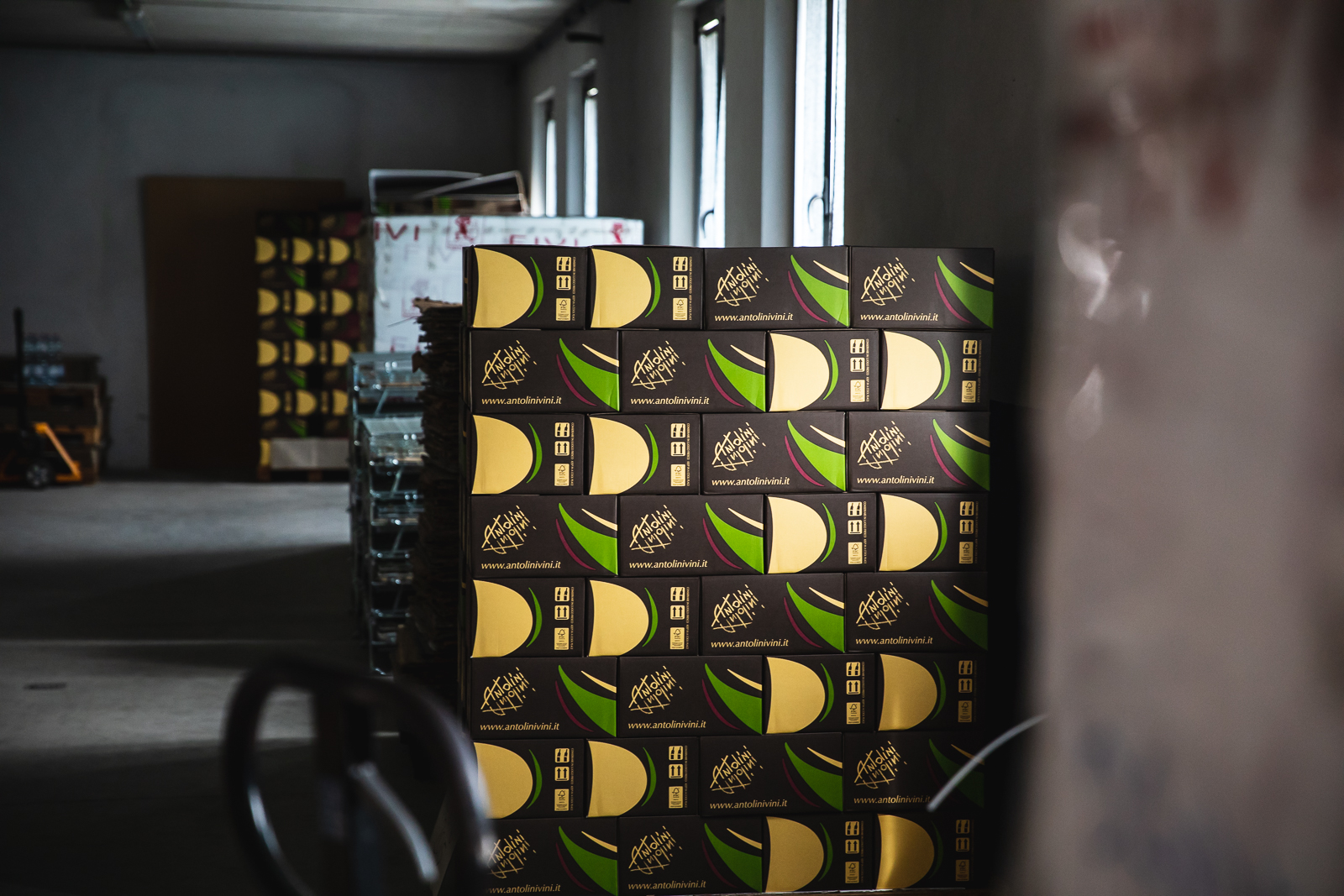
———————–
I can think of a couple of friends who would sign up to that jaunt with me. So how did you get into winemaking in the first place?
If you are born in Valpolicella, grapes and wine are in your blood! My grandfather and father produced grapes but did not make wine, or perhaps kept some for family needs – most were sold to other companies that turned it into wine. I attended the agricultural school and after my studies I collaborated with a winemaker consultant in the wine field. After 10 years on the field, I learned “how wine is made” and above all “how not to do it”! I was passionate about everything related to wine, so in 2000 my brother Stefano and I decided to build the cellar and start our wine adventure!
"From the beginning I wanted to produce a wine that was not commercial, that did not follow a fashion, but that was the true expression of the territory." Pier Paolo Antolini
Happy 20th Anniversary then! Is it just you and Stefano at Antolini Vini or are there more team members? And do you both have particular strengths?
Thank you! We are a family winery, so me and my brother Stefano, my wife Michela, my son Leonardo, my father Domenico and my cousin’s son Enrico – no more people! For harvest we have 4-5 more guys, usually Italian agricultural students. We all do what needs to be done at that moment!
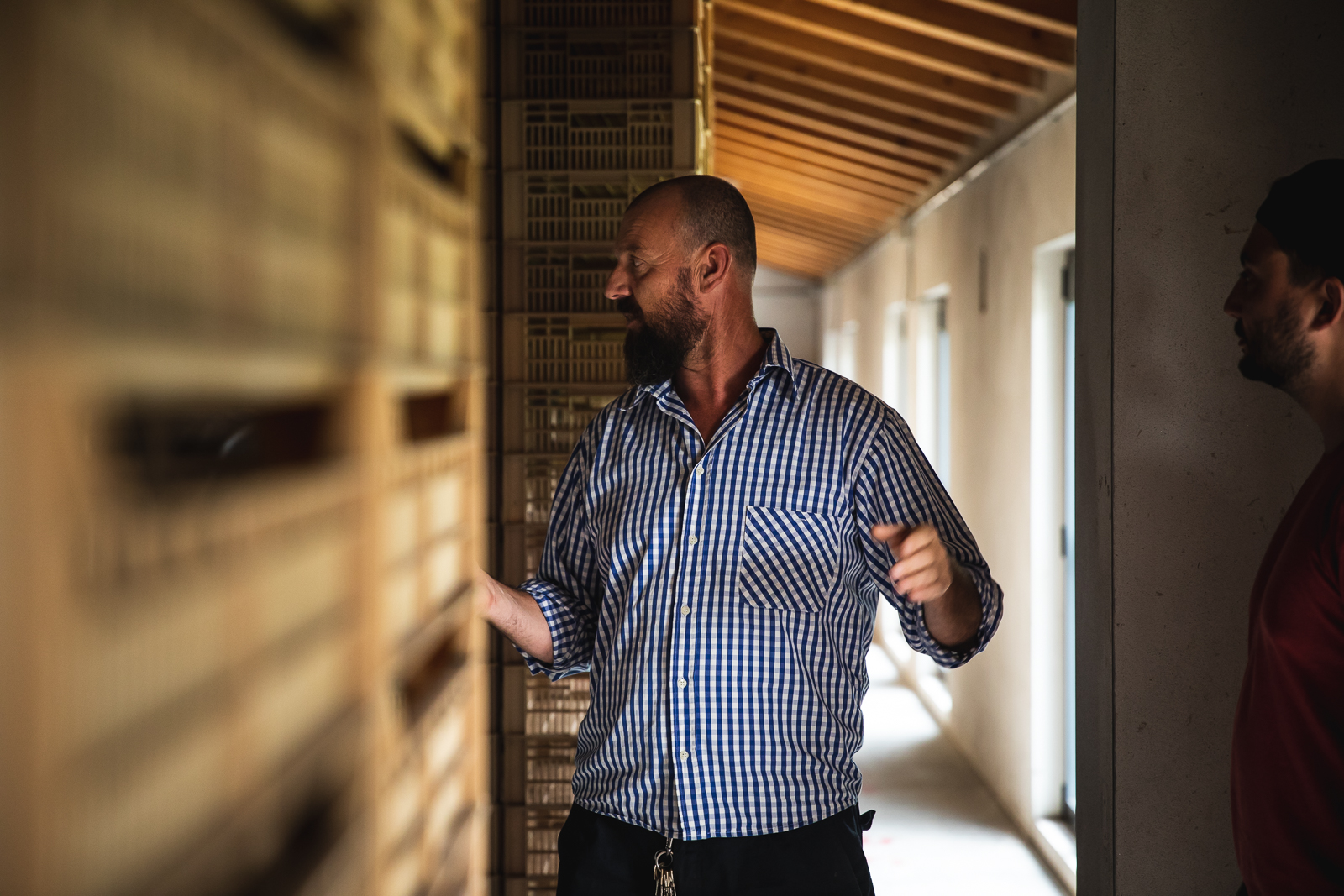
———————–
Can you give us a bit of insight into your process or philosophy? What makes your wine special?
From the beginning I wanted to produce a wine that was not commercial, that did not follow a fashion, but that was the true expression of the territory, so we try to intervene as little as possible both in the vineyard and in the cellar.
In the vineyard we do not plough, everything is left as grass and the mown grass that remains becomes humus (the organic matter of the soil) which returns to the cycle. We don’t do chemical weeding; pruned branches are chopped and left on the ground; we don’t need irrigation as the clay soil stores the water in rainy periods and slowly releases it to the roots in the dry seasons; and we do not make chemical insecticides as we practice the technique of “sexual confusion” with the use of pheromones. We also experimented with the introduction of antagonistic insects and we had an excellent result.
In the cellar we use spontaneous fermentation without the use of selected yeasts, and malolactic fermentation occurs spontaneously; we do not use barriques but the tradition of using oak casks – the small barrel oxygenates and yields more tannins faster than the large barrel; and above all we have introduced the old woods once used, namely cherry, chestnut and mulberry, so our wine is refined in a special way!
(Matt : If you don’t know your humus from your hummus, or you want to sound fancy at your next social distance wine tasting event, have a look through this wine terminology a-z here).
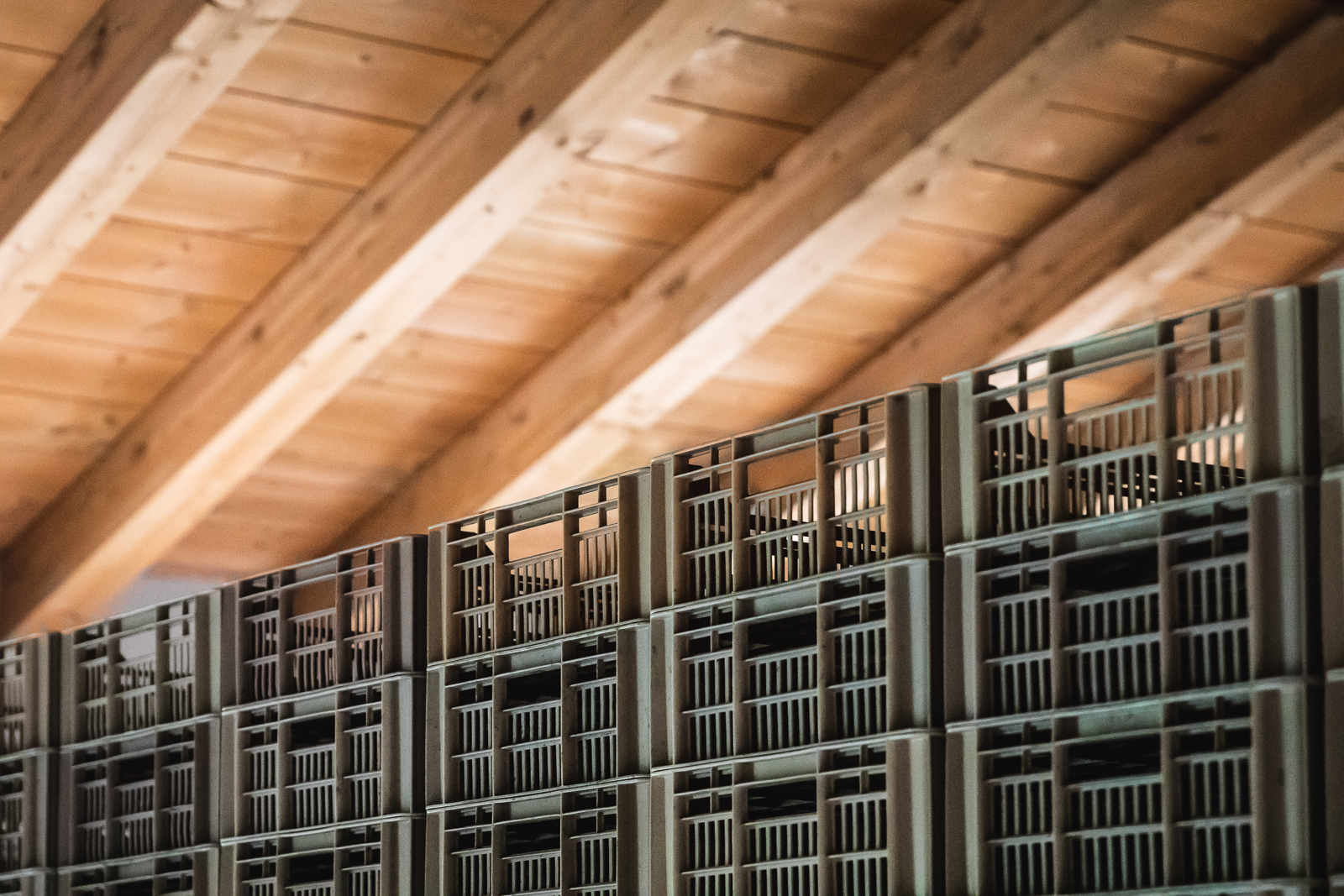
———————–
What do you like about the effects of these old woods? I’m not sure if I’ve had mulberry-aged wine!
They confer unusual scents (both perfume and taste), to which we are not accustomed, so when you taste an Antolini wine you know that you are drinking a particular, non-standard wine. Obviously you may like it or not! However when we make the blend, we try not stay faithful to the area of origin.
Outside of the traditional Valpolicella varietals (Corvina, Corvinone, Rondinella and Molinara), which grapes do you like to work with?
We use Cabernet Sauvignon and Croatina to make a wine from dried grapes – it is a dry and powerful wine but with soft notes both on the nose and in the mouth, rather than just concentration and power. It is practically a “species” of amarone – we call it Theobroma, which translates to “food of the gods”!
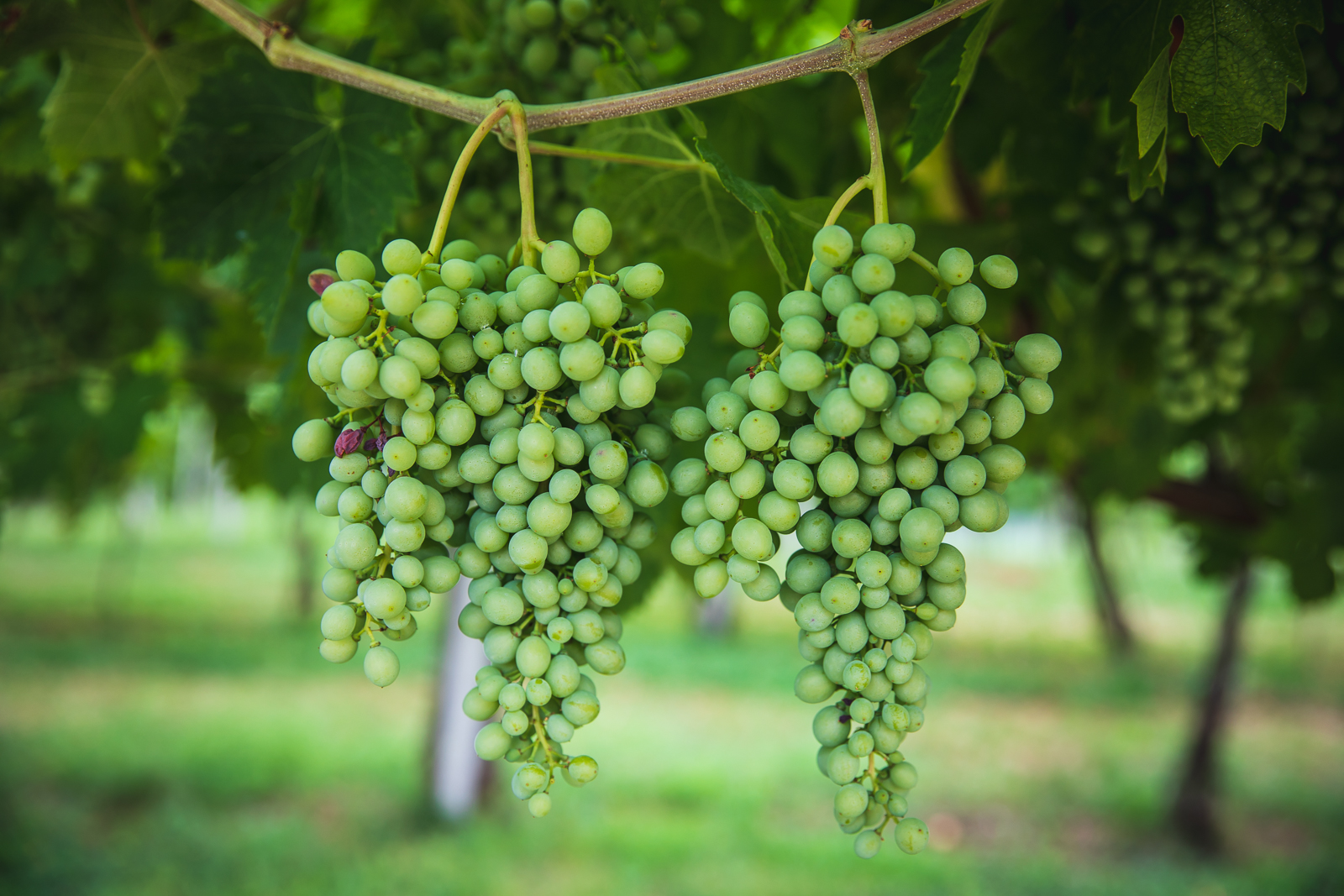
———————–
I remember it well – we took some away and drank it at sunset at the top of Passo Gardena – a fitting scene for a wine of the gods I think! Which Antolini Vini wine are you most proud of so far?
Definitely the wine from our newest vineyard – Valpolicella Superiore Persegà. It all came from a single vineyard of about 1.5 hectares in Marano di Valpolicella – the fruiting vines are trained along a wire (guyot system) on clay-calcareous soil, south-west exposure with total grassing. The harvest is late, there is no drying; spontaneous alcoholic and malolactic fermentation occurs, and it is aged in old oak barrels for one year, and then in the bottle for 3-6 months. It’s an authentic Valpolicella, the expression of what I think the land of Valpolicella should give!
That sounds like something worth tracking down! I feel that we should finish with this great photo below of you drinking the aptly named “Little Boy”. What was this giant bottle commemorating?
We drank it on my 50th birthday! However almost every year we bottle amarone in large formats – obviously in magnums, but also 3 litres, 5 litres and even some 12 litre monsters!
Oof. Time to upgrade my wine rack I reckon. Thanks so much for taking the time to chat! As soon as the situation allows, we’ll be on a plane to Verona and will take some more wine off your hands. Until then, stay safe!
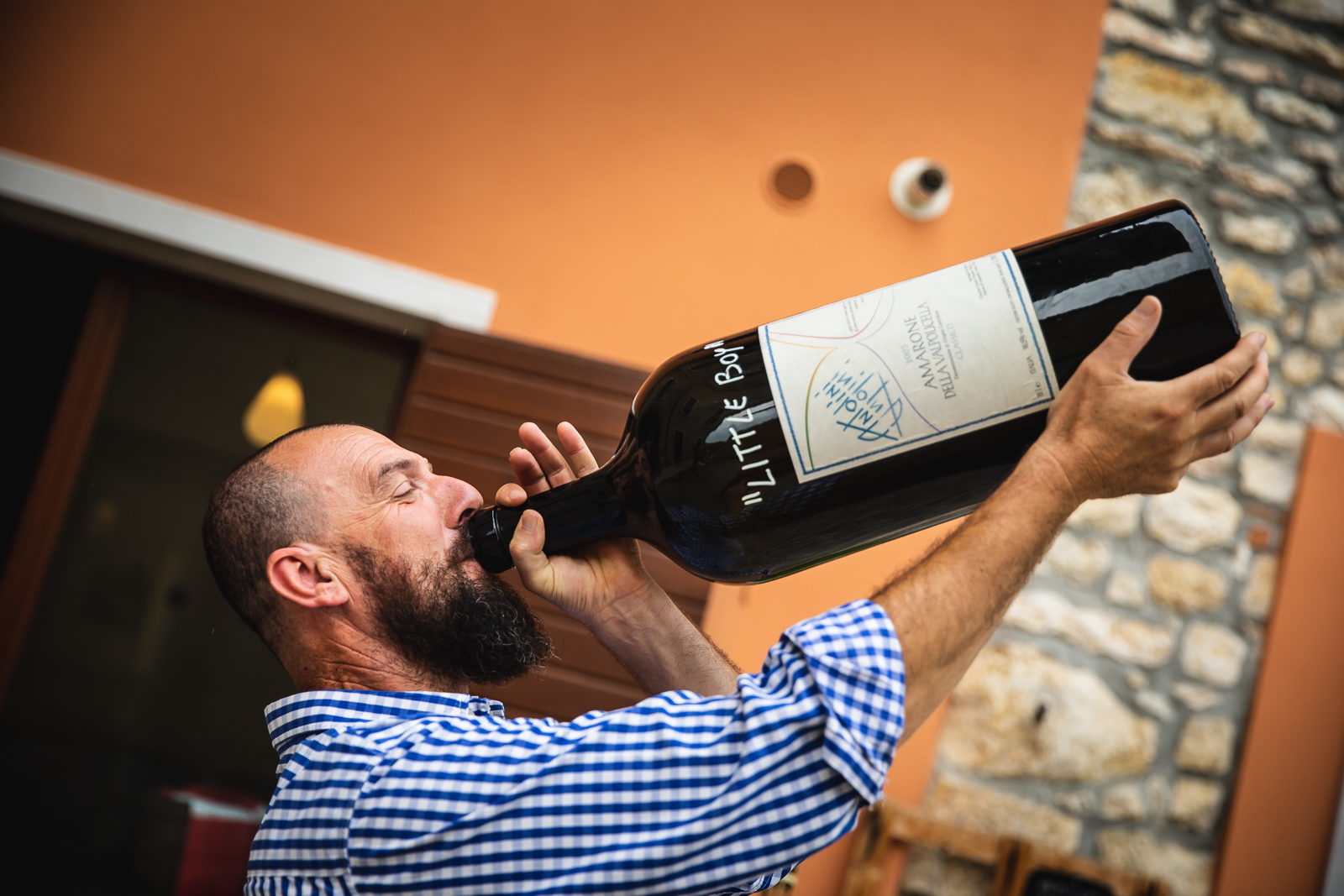
———————–
For more info on Antolini Vini, head to their website here : www.antolinivini.it
This is the first in a new series of interviews across the drinks industry – keep track of them in The People section, or sign up to the Matt The Latest newsletter at the bottom of this page.
Exciting News : Did you spot the art at the start of the interview? They were commissioned for this interview series and created by two of my illustrator pals – Nell at Nell’s Originals, and Damon at Chenh Art. They are on sale alongside my prints on Matt The Prints:
MTL x Nell’s Originals // MTL x Chenh Art
Check them out and support independent artists by purchasing the prints!
————————–
Matt The Tips – if you are planning a trip to the promised land of Valpolicella – check out these special spots in the hills:
Trattoria alla ruota a Mazzano di Negrar – Pier Paolo’s trattoria of choice
Osteria Numero Uno – an oustanding local restaurant with a killer wine list
Corrado Benedetti & Bosco Allegro – a one stop deli shop for incredible produce with an adjoining picnic spot
Salvagno Frantoio per Olive – 100 yr old family run olive oil mill
Agriturismo Corte San Mattia – a charming farm x winery x hotel with views over Verona
————————–
Scroll down for more Antolini Vini photos!
